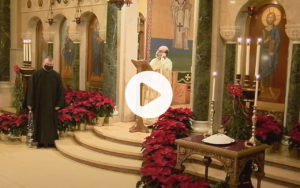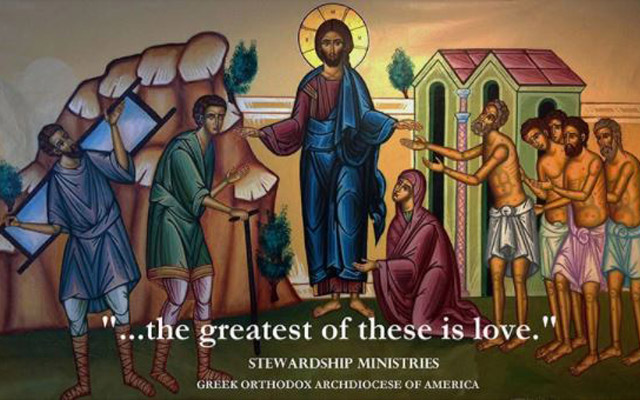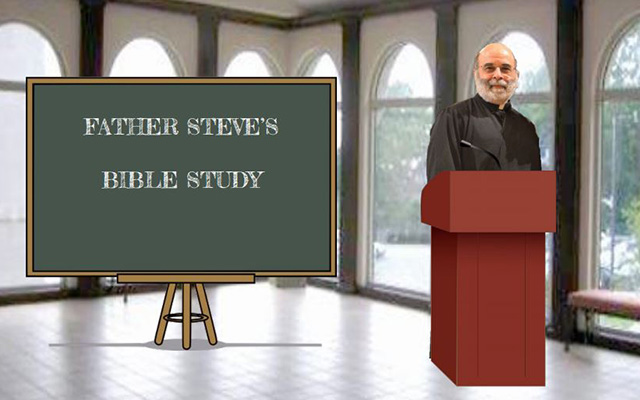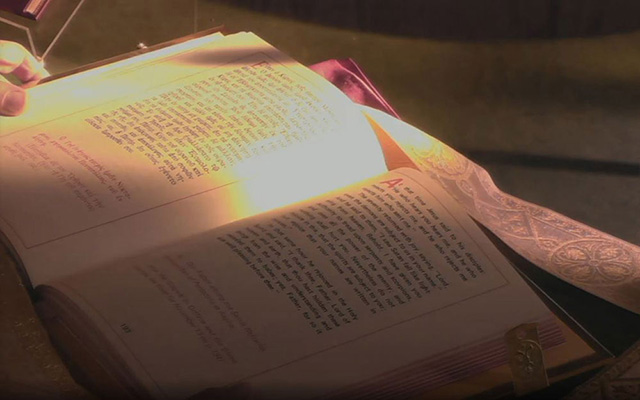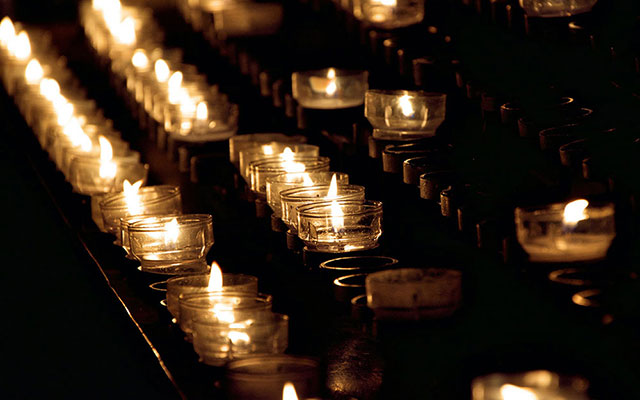The Twenty-Sixth Day of Christmas Advent. The Russian Nativity Icon.
The Russian Nativity Icon The Russian nativity icon vividly portrays the Christmas perspective of the Orthodox Church. Through symbolism and teaching about Gods incarnation (becoming human) the icon presents Christmas as a “feast of re-creation.” The word icon is a Greek word meaning “image” or “likeness.” The nativity icon is done in an art style dating back to the sixth century Byzantine Empire. Orthodox iconography is a purely idealistic art form. Through the Byzantine style


